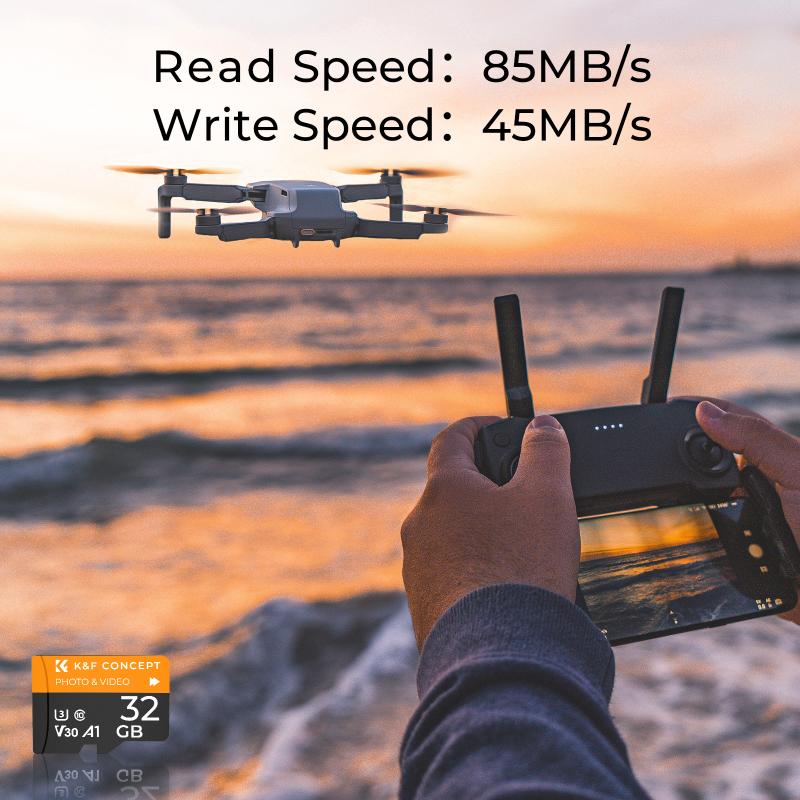How To Remove A Micro Sd Card?
Removing a micro SD card from a device might seem like a simple task, but it’s important to do it correctly to avoid data loss or damage to the card. Whether you’re dealing with a smartphone, tablet, camera, or any other device, the process generally follows a similar pattern. This article will guide you through the steps to safely remove a micro SD card from various devices, ensuring that your data remains intact and your card stays in good condition.
Understanding the Basics

Before diving into the specific steps for different devices, it’s crucial to understand why proper removal is important. Micro SD cards are delicate pieces of hardware that store valuable data. Improper removal can lead to data corruption, physical damage to the card, or even damage to the device’s card slot. Always ensure that the device is powered off or the card is unmounted before removal to prevent any potential issues.
General Steps for Removing a Micro SD Card

1. Power Off or Unmount the Card: The first step in safely removing a micro SD card is to either power off the device or unmount the card. Unmounting the card ensures that no data is being read or written to the card, which can prevent data corruption.
- On Android devices, go to Settings > Storage > SD card > Unmount.
- On Windows devices, right-click on the SD card in File Explorer and select "Eject."
- On macOS, drag the SD card icon to the Trash or right-click and select "Eject."
2. Locate the Card Slot: Find the micro SD card slot on your device. This could be on the side, back, or under a cover, depending on the device.
3. Remove the Card: Gently push the card inwards until you hear a click, then release it. The card should pop out slightly, allowing you to pull it out with your fingers.
Device-Specific Instructions

Smartphones and Tablets

1. Android Devices:
- Unmount the Card: Go to Settings > Storage > SD card > Unmount.
- Locate the Slot: The slot is usually on the side of the device. You may need a SIM card removal tool or a paperclip to open the tray.
- Remove the Card: Push the card inwards until it clicks, then pull it out gently.
2. iOS Devices:
- iPhones and iPads do not typically support micro SD cards. If you’re using an adapter, follow the adapter’s instructions for safe removal.
Cameras
1. Power Off the Camera: Always turn off the camera before removing the SD card.
2. Locate the Card Slot: This is usually found in the battery compartment or on the side of the camera.
3. Remove the Card: Push the card inwards until it clicks, then pull it out gently.
Laptops and Computers
1. Unmount the Card:
- On Windows, right-click the SD card in File Explorer and select "Eject."
- On macOS, drag the SD card icon to the Trash or right-click and select "Eject."
2. Locate the Card Slot: This is usually on the side or front of the laptop.
3. Remove the Card: Push the card inwards until it clicks, then pull it out gently.
Troubleshooting Common Issues
1. Card Not Recognized: If your device doesn’t recognize the card, try reinserting it or using it in another device to check if the card is faulty.
2. Card Stuck: If the card is stuck, do not force it out. Use a pair of tweezers to gently pull it out or seek professional help.
3. Data Corruption: If you suspect data corruption, use data recovery software to retrieve your files. Always back up important data regularly to avoid loss.
Best Practices for Micro SD Card Maintenance
1. Regular Backups: Always keep a backup of important data stored on your micro SD card.
2. Avoid Physical Damage: Handle the card with care to avoid bending or breaking it.
3. Keep it Clean: Ensure the card and the card slot are free from dust and debris.
4. Use Quality Cards: Invest in high-quality micro SD cards from reputable brands to ensure longevity and reliability.
Removing a micro SD card might seem straightforward, but following the correct steps is crucial to avoid data loss and physical damage. Always ensure that the card is unmounted or the device is powered off before removal. Handle the card with care and follow device-specific instructions for the best results. By adhering to these guidelines, you can ensure the longevity of your micro SD card and the safety of your data.
